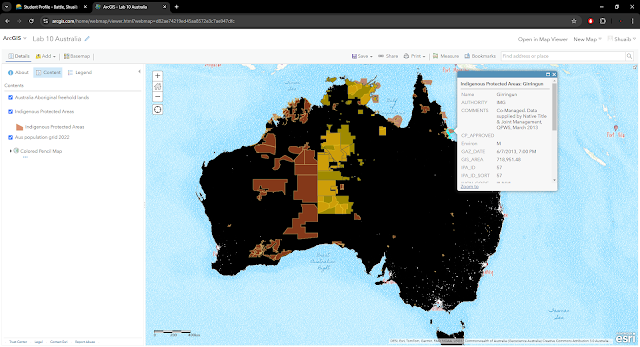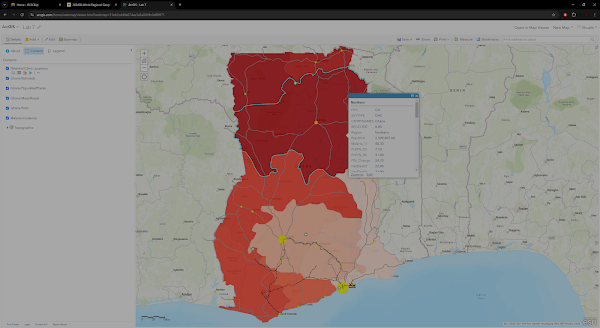Oceania is a realm like no other. Nowhere else in the world can one find some of the unique wildlife that is found in this realm, and no other region is as isolated. Oceania is the only world region not connected by land to another area. This is a region of the world at a crossroads where the effects of global changes in climate and pollution could have profound effects One of the most well-known features of Australia’s geography lies just off the coast: the Great Barrier Reef. Unlike its geologically stable neighbor, New Zealand is situated at the intersection of the Pacific Plate and the Australian Plate another key geographic feature of Australia is its vast interior known as the Outback. This remote area of extensive grassland pastures supports one of the world’s largest sheep and cattle industries
Over 70 percent of the entire surface of the world is covered with water, but who controls it? If the body of water is inland, ownership is quite clear. A lake in the interior of a state belongs to that state. Australia is not just home to cuddly marsupials like koalas, wallabies, and quokkas, though. It is also home to some of the world’s deadliest creatures. There are more deadly snakes in Australia than in any other country in the world. Another key area of biodiversity is New Zealand, particularly in terms of its flora. Its isolation allowed for species of trees that have remained relatively unchanged for the past 190 million years. Although Australia and New Zealand gained independence relatively early compared to many of the other areas of Oceania, these countries have experienced lingering issues related to their indigenous populations. Economically, Australia and the Pacific islands have struggled with what could be called the “tyranny of distance,” the fact that this region remains so far and so isolated from the other world regions. Most of the economies of these countries are based on exports, but these exports must be shipped.






